50 Words or Less
The Rypstick ButterBlade is a miniature, hittable iron designed to improve your ball striking. Some of the claims go too far, but this can help to level up your strike quality.
Use code PLUGGEDIN to save 10% when you buy the ButterBlade HERE
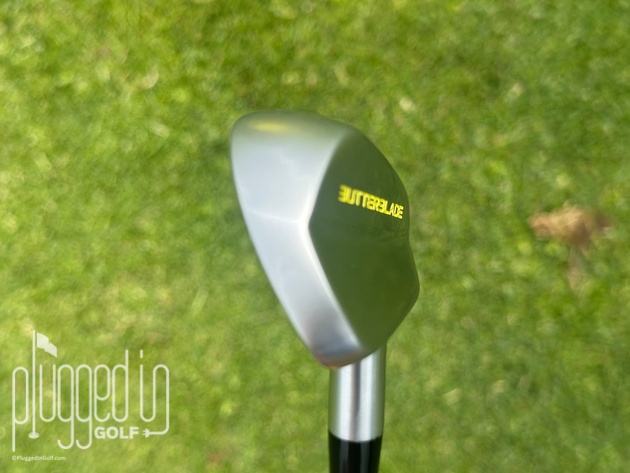
Introduction
The spelling of Rypstick isn’t unusual for the sake of being unusual – it hides an acronym. RYP stands for Reach Your Potential. While the original Rypstick training aid [review HERE] was designed to help you maximize your speed, the company wants you to improve all aspects of your golf. To help players level up their ball striking, they’ve developed the Rypstick ButterBlade, and I tested it to see if it meets the lofty standard set by the Rypstick.
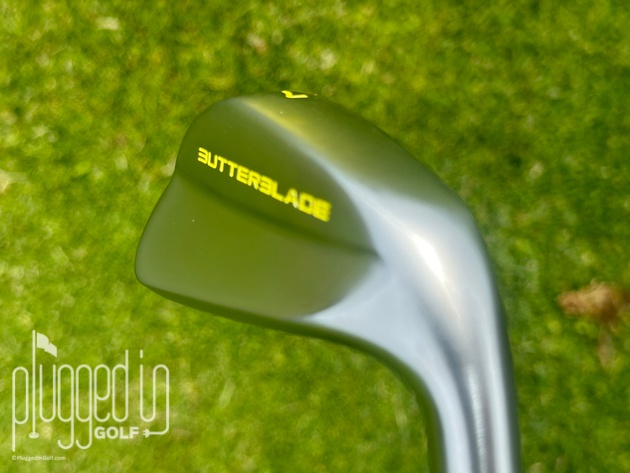
Set Up & Ease of Use
The Rypstick ButterBlade may be the most intuitive training aid I’ve ever tested. If I handed it to someone who knew almost nothing about golf, they’d understand what to do with it. There is no set up, no assembly, and no instruction manual. Take the ButterBlade out of the box, go to the range, and try to hit it. That’s it. It couldn’t be easier.
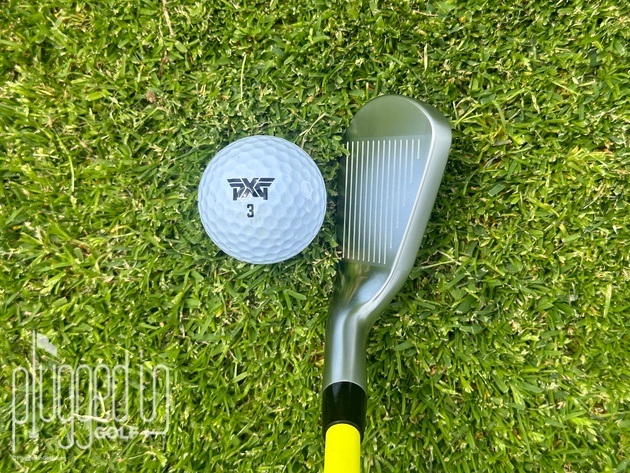
Effectiveness
The concept behind the Rypstick ButterBlade is simple: if you can hit this tiny club, hitting your normal irons will be easy. Just like if you can dodge a wrench, you can dodge a ball. The question is, does that logic hold up?
Part of the value of the ButterBlade is the confidence it gives you. Looking down at this club is a little scary – especially if you’ve ever hit a shank – and mastering it will make you feel great. Golf is undoubtedly a mental sport, so anything that can boost your confidence definitely has value.
The more tangible side of the equation is that the ButterBlade provides really strong feedback. A small miss means half the ball is off the face leading to a strong twist in the club head. For players who are used to bigger, forgiving game improvement irons, this feedback is going to be a real wake up call. There are loads of players who don’t realize how many of their shots are off-center. Practicing with the Rypstick ButterBlade can make them more aware of their impact location and focus their practice.
My primary reservation with the ButterBlade is that the transference is not going to be one to one. When you switch back to your normal irons, you may relax a bit, knowing that you have some margin for error. That’s not to say the ButterBlade isn’t worth using or can’t teach important lessons, just that you can’t master the ButterBlade and then expect every swing with your irons to be perfect.
The Rypstick ButterBlade is available in right and left handed models. It’s also offered in six flexes: X-Stiff, Stiff, Regular, Senior, Ladies, and Junior. This is important because it allows you to train with a shaft that feels similar to what you actually play, improving the transference.

Before moving on, I want to rate Rypstick’s claims regarding the ButterBlade because I can like a training aid but still hate outlandish claims. Numbers one and four are “Improve Accuracy” and “Hit More Greens,” and I’ll deal with them together, placing them somewhere between fact and fiction. If you hit the center of the face more, your shot pattern will be more predictable, so that’s good. However, the ButterBlade does nothing to train face angle or club path which are the real drivers of accuracy.
Claim number two – “Immediate Feedback” – is fine, at the start. The ButterBlade does provide more feedback than most irons. However, they go on to say it provides “real-time feedback on your swing path and clubface angle.” The ButterBlade does no such thing; the golf ball does. The ButterBlade communicates where the ball met the face – which is really important – but only the ball flight tells you what the face and path were. If you don’t know how to “read” the ball flight, read THIS.
Finally, there’s “Effortless Lag,” which is utter nonsense. The appearance of “lag” – which deserves its own discussion – is the result of good sequencing in your golf swing. No matter how a golf club is weighted, it will not force a golfer to “lag” it.
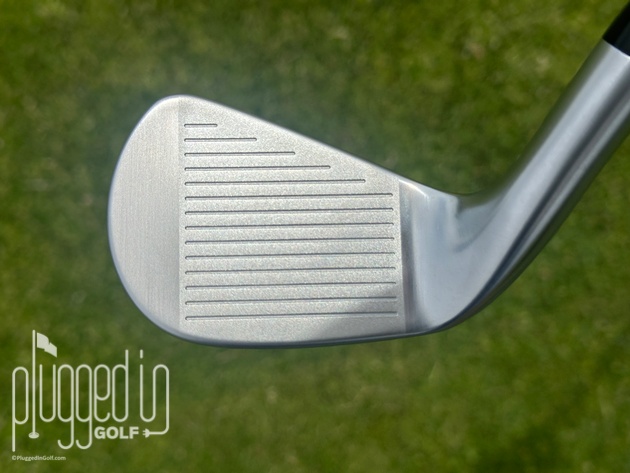
Longevity
Overall, I like the Rypstick ButterBlade, but it’s a bit below average for longevity. There is nothing gamified about it, and it can only be used in places where you can hit balls.
On the plus side, you can use this without drawing any attention to yourself, and it requires no set up. Also, for players who hit into a net, this can add some needed variety.
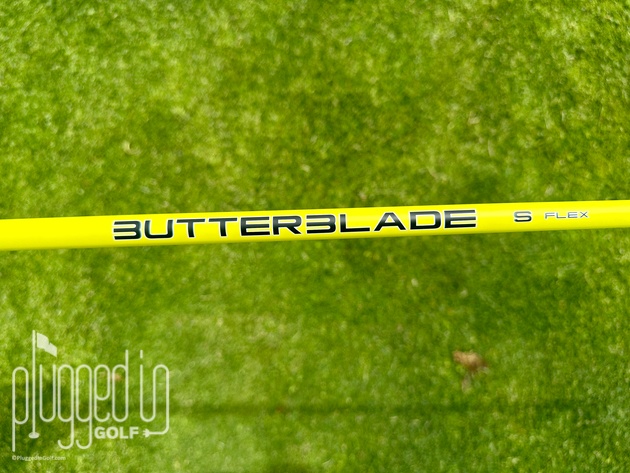
Value
The Rypstick ButterBlade retails for $139. This is about average in price, leading me to give the ButterBlade an average value grade. For players that need to focus their practice, this is a solid addition, but it’s a uni-tasker that not every golfer needs to own.
Use code PLUGGEDIN to save 10% when you buy the ButterBlade HERE
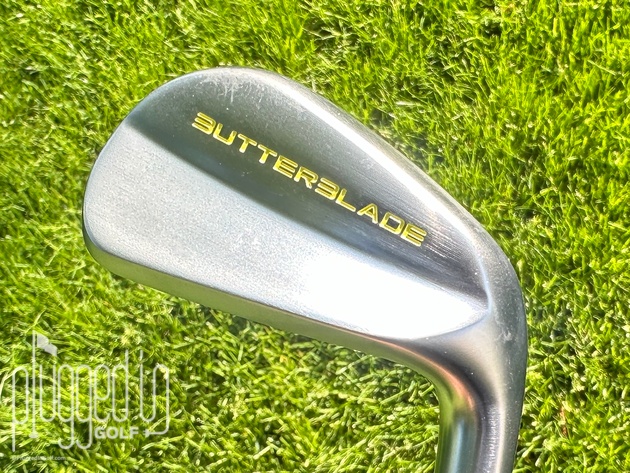
Conclusion
If you’re looking for a training aid that can help you strike the center of the face more often, the Rypstick ButterBlade is what you need. This tiny club can boost your confidence and your focus while putting you in better touch with the feedback you get from your own clubs.
Buy the RypStick ButterBlade HERE
Save 10% with code PLUGGEDIN
He founded Plugged In Golf in 2013 with the goal of helping all golfers play better and enjoy the game more.
Matt lives in the northwest suburbs of Chicago with his wife and two daughters.
- Performance Golf Click Stick Training Aid Review - October 18, 2024
- Callaway Opus Platinum Wedge Review - October 17, 2024
- When to Take a Break from Golf - October 15, 2024


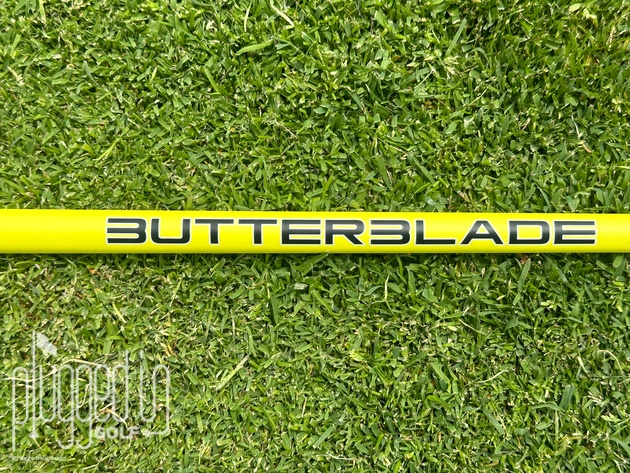
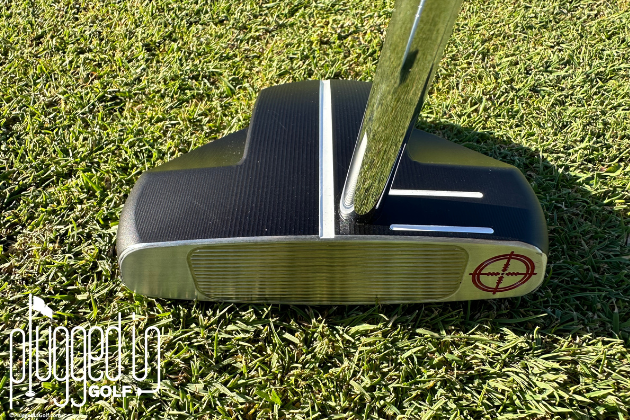
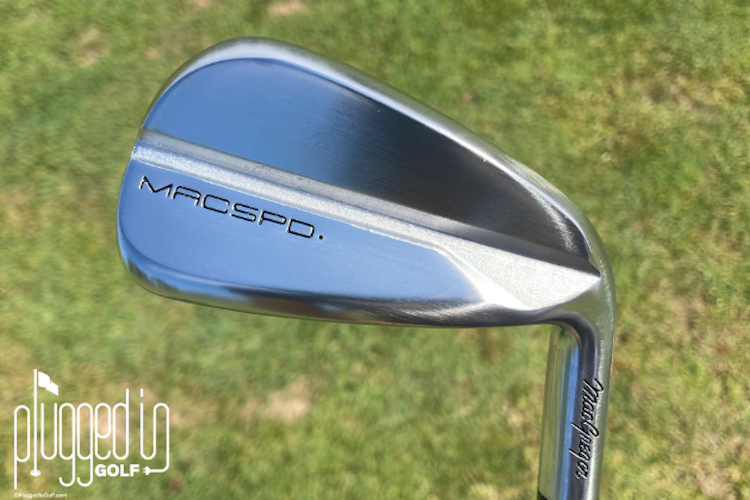
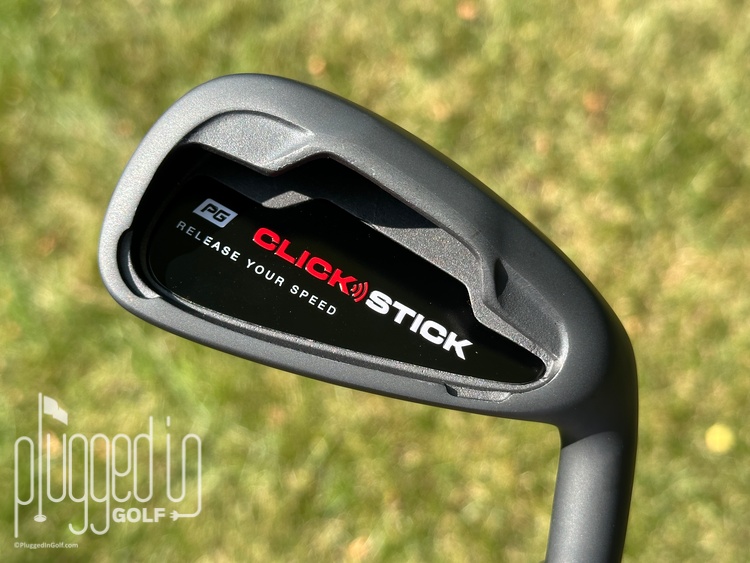









7 Comments
The other thing to mention with regard to not training face angle is that the shorter blade length will want to rotate closed faster than regular irons, so you may end up training a different tendency than what you normally experience with your clubs.
Kevin,
That’s an excellent point. Anytime you change clubs, you’re likely dealing with a different CG which can feel and perform differently.
Best,
Matt
I practice with a Wilson Staff blade seven iron.
Sometimes I hit it so good I wish I owend a whole set.
Robin.
Great Review but it in all honesty I’ll stick with my Tour striker training clubs. For me, I think they work better and have helped get back to hitting more solid strikes.
I wonder if someone would be better just buying a cheap set of vintage blades from ebay. For $140 you could get a set of small unforgiving 50-70 year old blades and train or play with those.
That’s certainly an option. It’s actually how I started playing, though I don’t recommend that route for everyone.
Best,
Matt
Seems like grabbing a Miura Baby Blade 7 iron or an MP-14 off of eBay would do similar things as far as a training aid. Thanks for the review.